Gum trees are admired for their fragrant leaves, resistance to drought, and the shade they provide. Growing plants below gum trees can be difficult, and you may be wondering what plants can flourish beneath them. We've thoroughly researched this topic and found the best answers for you.
For the area beneath a gum tree, select plants that can match the tall elegance of the tree, tolerate shade, and have shallow roots that can survive in a dry location for the best outcome. The following are good options:
- Verbena
- Freesia
- Petunia
- Hibbertia Dentata
- Dianella Tasmanica
- Heuchera
- Bergenia
- Bearberry Cotoneaster
The question of which plants can thrive under a mature gum tree where there is competition for soil, water, nutrients, and light is a common query from new gardeners. In this post, we'll discuss that question, as well as issues like how deep gum tree roots go, how you can grow grass under a gum tree, and the disadvantages of gum trees, so keep reading.
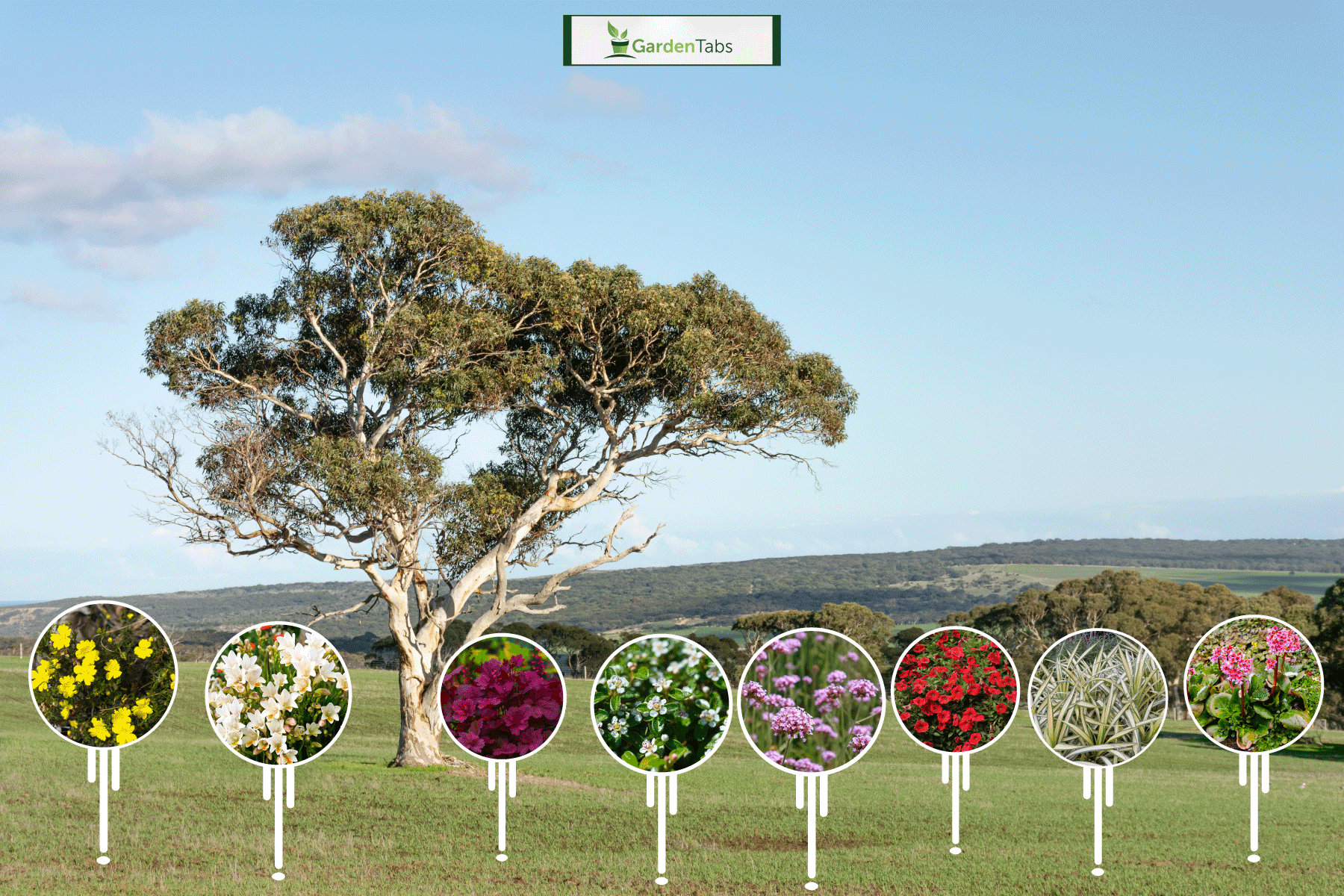
Plants That Grow Around Gum Trees
Very few plants thrive beneath these trees because the ground under a gum tree is typically dry. So most people find it challenging to identify and select the ideal plant to grow beneath gum trees.
Gum trees can support the growth of plants that can tolerate drought and thrive in environments with moderate nutrients.
It is usually challenging to put plants very close to a gum tree's main trunk, as they struggle for resources with the dense mass of gum tree roots. The plants will suffer.
Keep an eye out for gum tree competition for the roots. Your plants will flourish and endure difficult circumstances with the help of careful planting and maintenance.
These are the plants that can grow well under gum trees:
1. Verbena
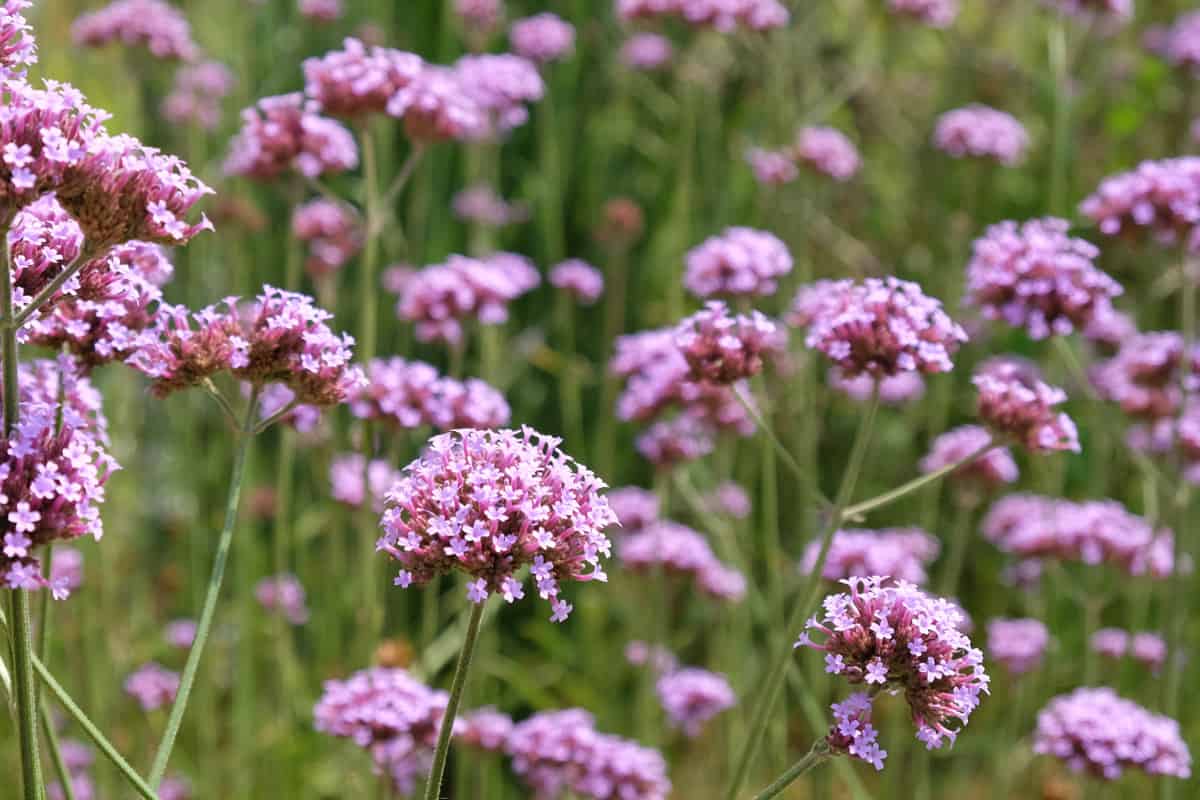
Verbena is one of those plants that should be in every garden. This is a low-maintenance plant that is great for adding color to your landscape.
It is a herb that grows in open spaces and along roadsides. These drought-tolerant plants can withstand exposure to the sun or partial shade.
Verbena grows to 6 to 12 inches and blooms from late spring through October. To encourage bushy growth, pinch out fresh sprouts and keep an eye out for snails and aphids.
Click here to see this Verbena Officinalis seeds on Amazon.
2. Freesias
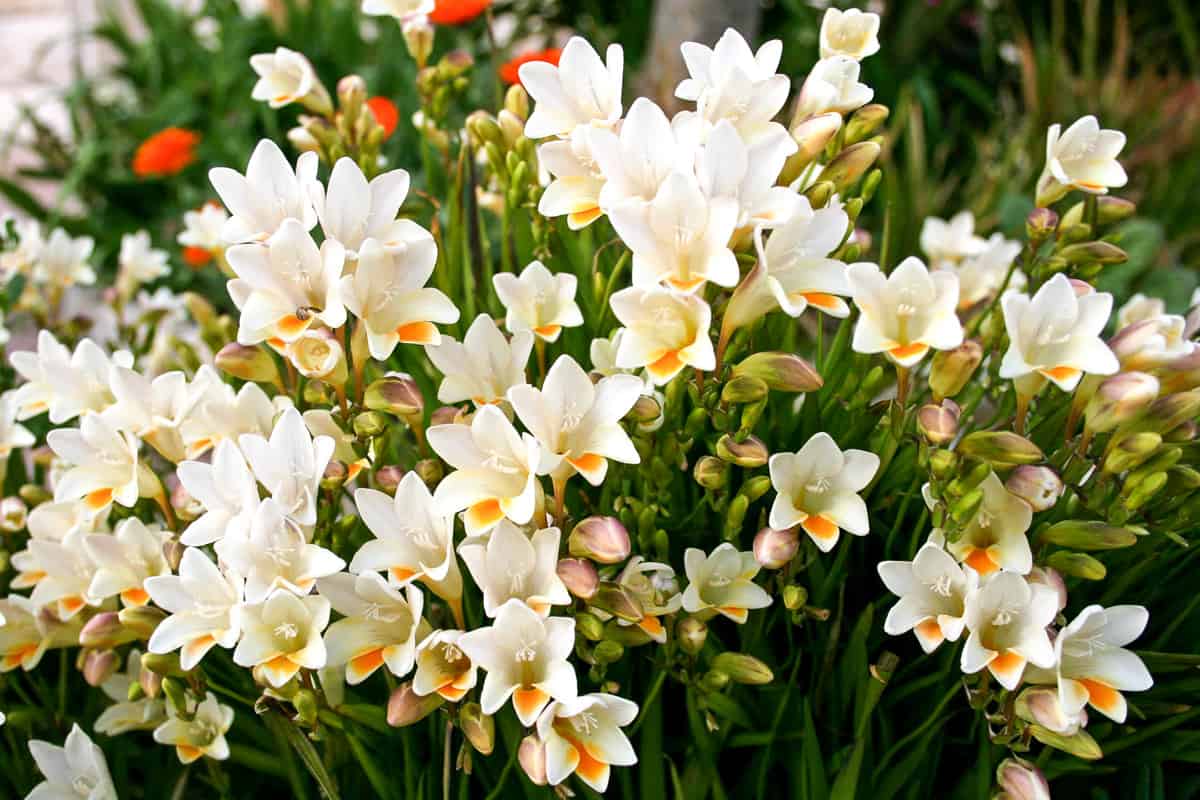
Freesia is ideal for naturalizing and very simple to grow. Once planted, freesia require little upkeep, because they only develop when the conditions are right and have shallow roots. Bulbs like freesias are another excellent choice.
They flourish in areas with winter, spring, and summer droughts. You should pick the blossoms as soon as the first flower opens for optimal results.
The foliage develops into short straps that give way to graceful stems that create a lovely display in sunny borders close to seating places where you can enjoy their smell.
Click here to see this Freesia double flowering mix on Amazon.
3. Petunias
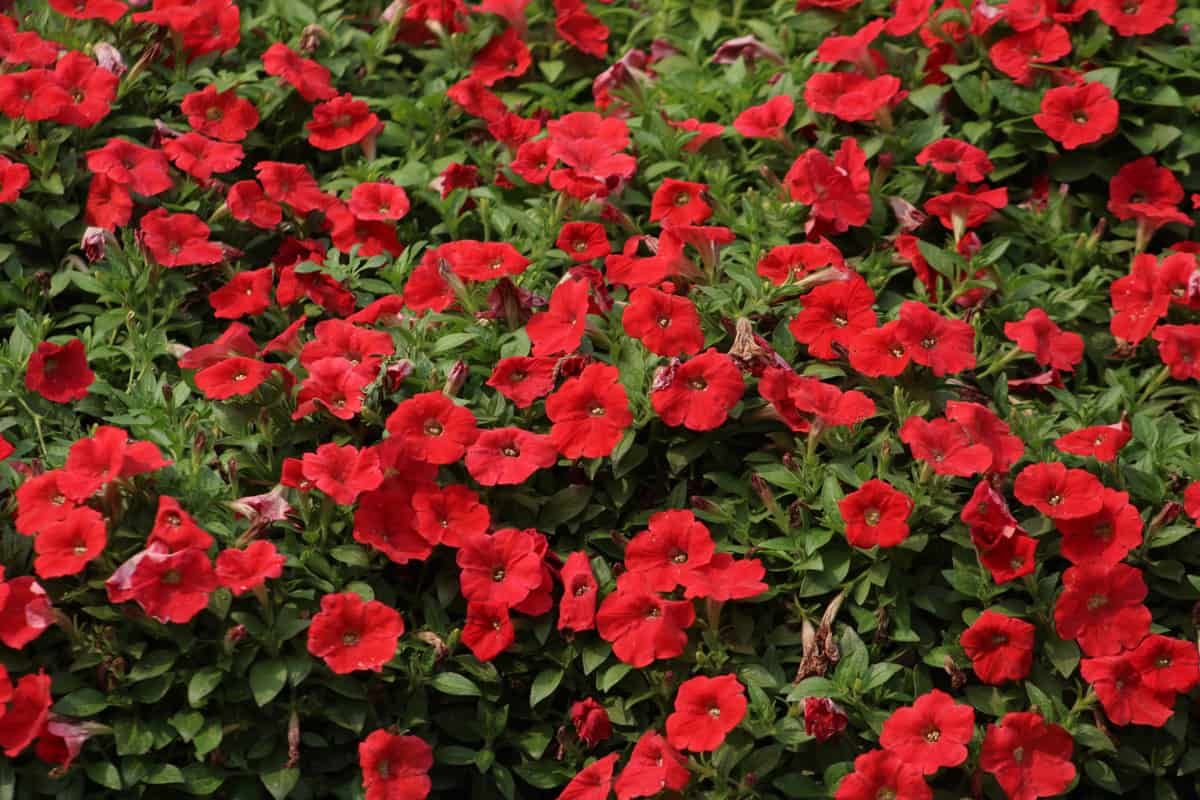
Many gardeners use petunias, a beloved summer bloomer, to brighten up beds and borders. Petunias can withstand drought and some shade and bloom from spring through summer.
Click here to see this red Petunia on Amazon.
4. Hibbertia Dentate
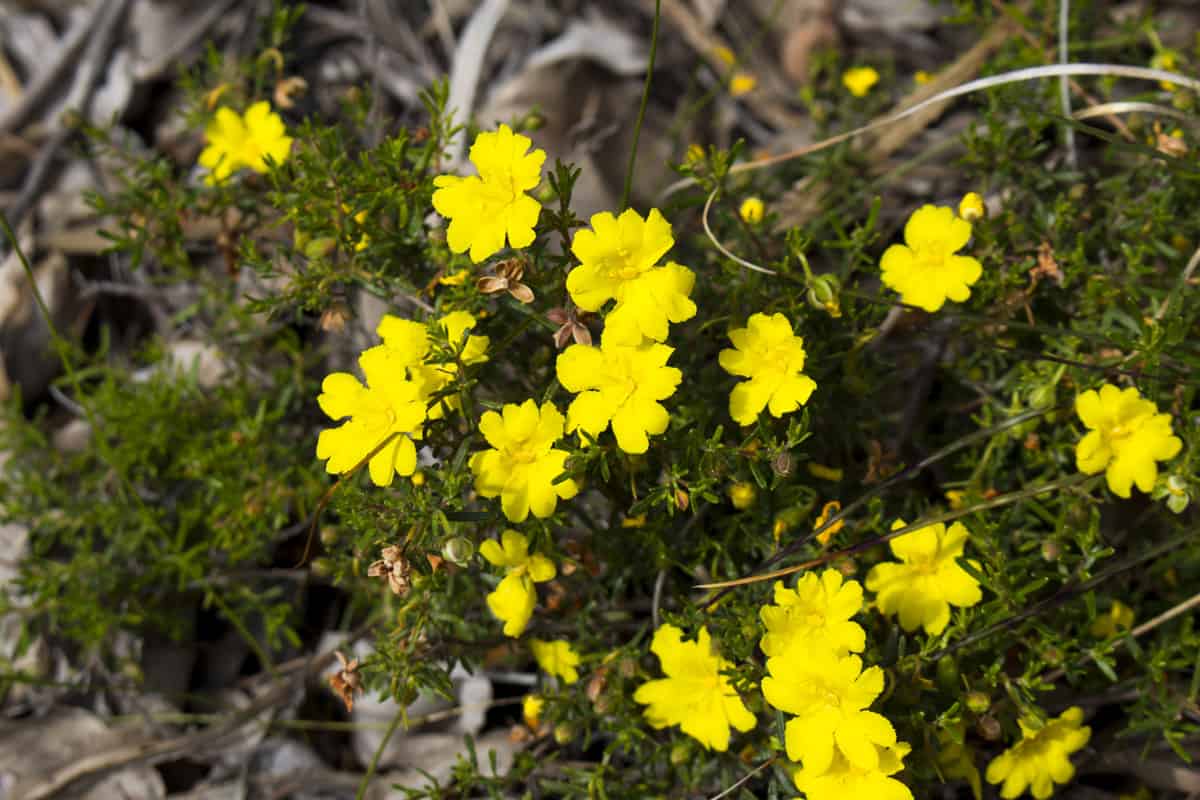
Hibbertia dentate is a robust twining plant that blooms in late spring and summer with enormous yellow flowers. It is a simple plant to grow in the garden and is tolerant of shade. It works well as a ground cover plant.
Hibbertia dentata is a twining vine that grows on rocks and other bushes. Its stems can reach lengths of up to about 2-3 yards.
Once established, the plant uses little water and is adaptable to many different environments. It can grow in partial shade, although full sun produces the most fabulous flowers.
5. Dianella Tasmania
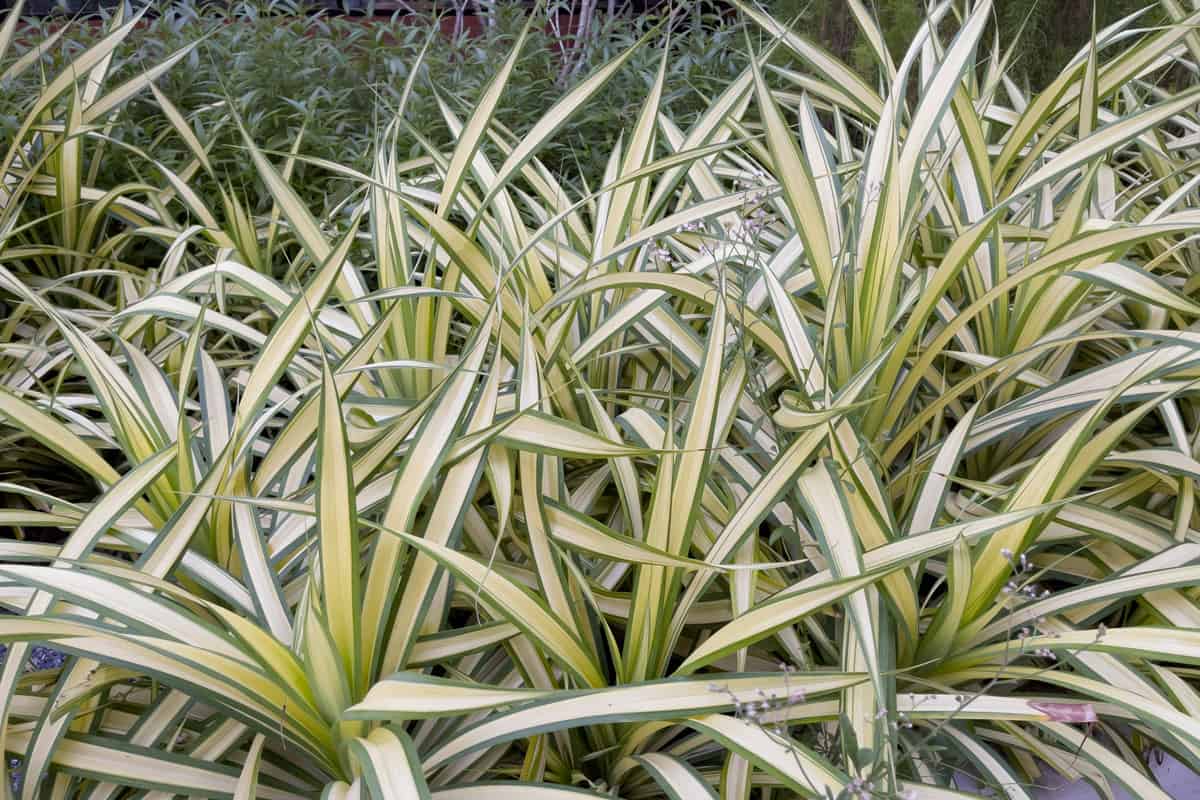
Dianella tasmania can blanket the ground up to the gum tree and regularly produces lovely small blue blooms and berries. It has striped leaves of yellow, lime green, and dark green. .
It grows well in the shade and under trees and is a hardy, low-maintenance plant suitable for borders and accent plants. It may reach a height of 3 feet.
It is resilient to drought and cold once established. Dianella tasmania requires little to no maintenance or irrigation. When exposed to the full sun, the leaves will burn.
6. Heuchera
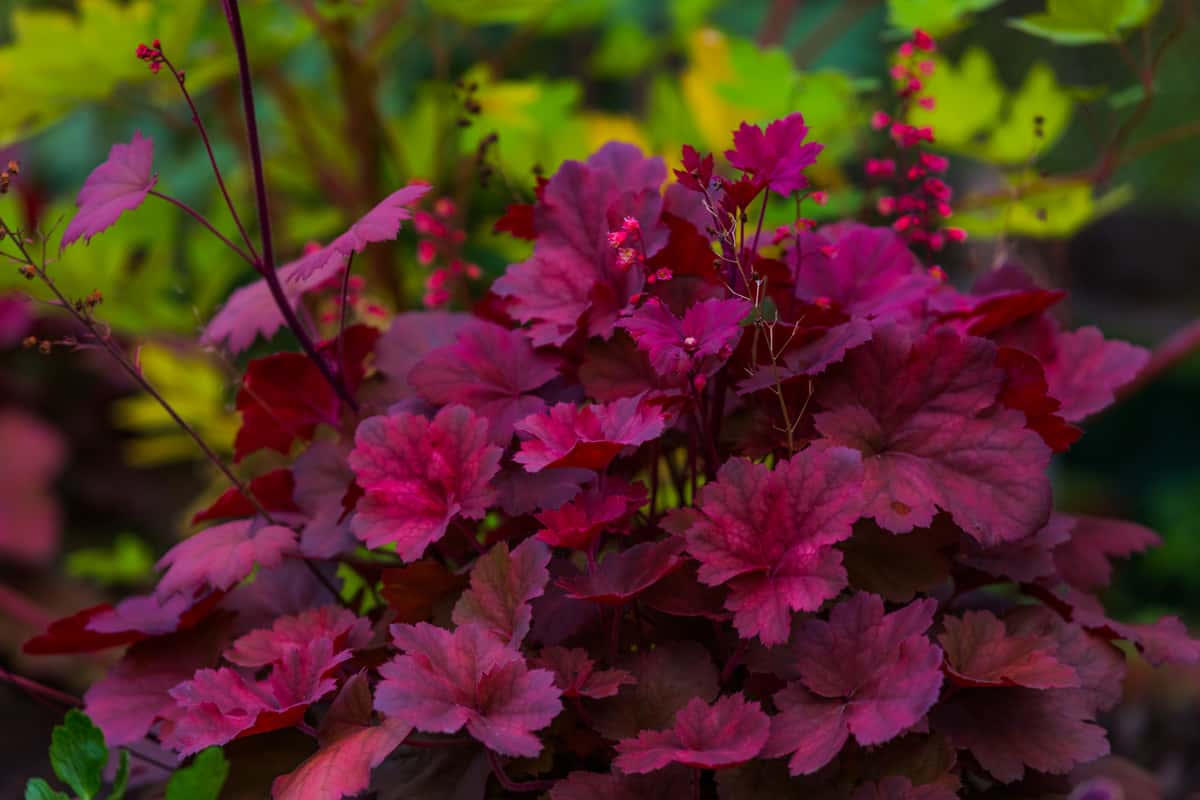
Heuchera has beautiful pink spring and summer flowers to brighten the muted tones of gum trees. The sturdy, attractive plant blooms every year.
When grown beneath gum trees, the plants need little to no upkeep. For the plants to flourish, they require some shade and some partial sunlight.
Heuchera is regarded as the best plant to cultivate in shadow, since it can withstand heat, drought, and stress and yet produce stunning blossoms. At least twice a month, especially during sunny weather, they need moderate watering.
They aid in nutrient absorption and drought resistance for the plants. Heuchera plants thrive on sandy soil with an alkaline pH of 5.5 to 6.5.
Click here to see this Heuchera and Primo Perennial on Amazon.
7. Bergenia
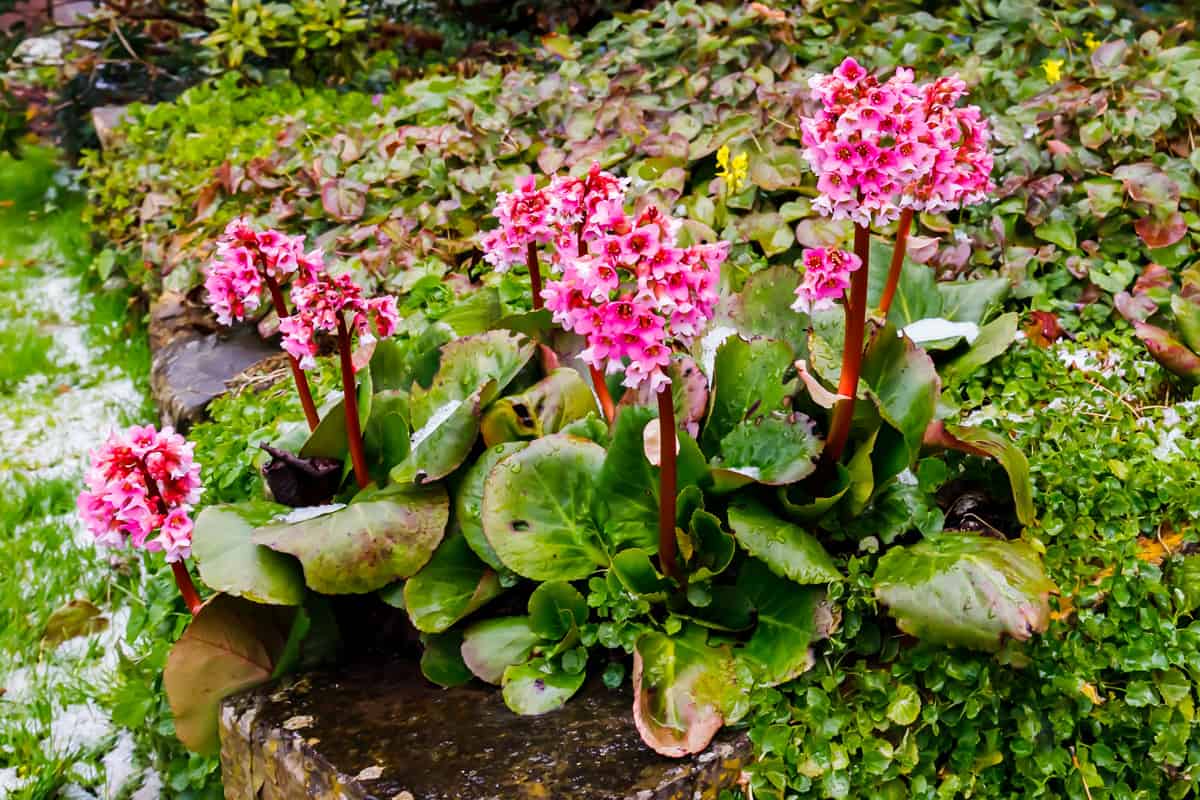
Bergenia is cultivated mainly as a groundcover and prized for its sizable glossy leaves and vibrant flowers. Bergenia plants will spread to form ground cover in your fully or slightly shaded garden since they are robust without being invasive.
They do not wither when growing conditions are less than ideal and can handle various soil types, light, and moisture. You should remove any dead leaves in the spring for a fresh start and deadhead the flowers once the blossoms have faded for a tidy appearance.
8. Bearberry Cotoneaster
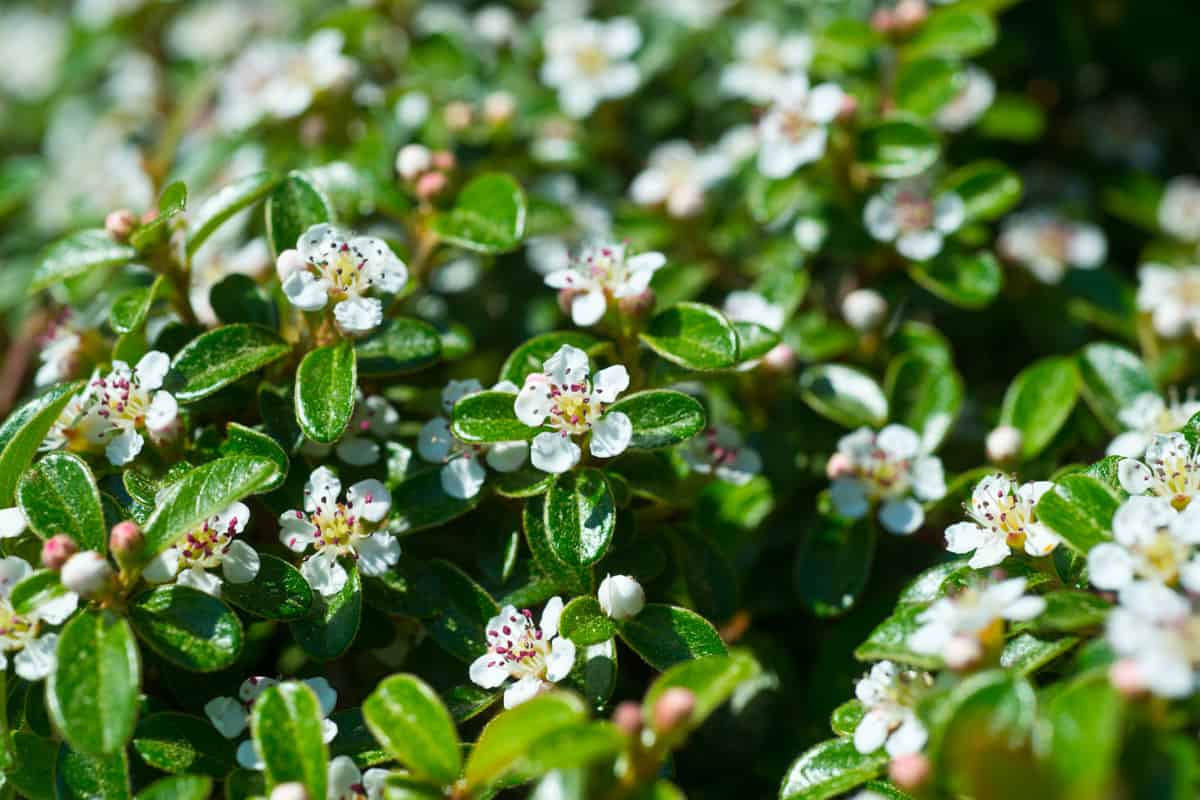
Under gum trees, the Bearberry cotoneaster thrives nicely. Layering is the most straightforward propagation technique because Bearberry cotoneaster has good root properties.
Bearberry cotoneaster is a low-growing, spreading, evergreen to semi-evergreen shrub that is simple to grow. This evergreen shrub spreads quickly to 6 feet wide and 1 foot tall.
Once planted, it can withstand drought and spread swiftly to cover an area. To avoid having a ragged appearance, prune when necessary.
How Do You Grow Grass Under Gum Trees?
Start by clearing the area of any weeds or grass. Properly rake the area around the gum tree.
Spread the grass seed at the rate recommended on the grass seed packet over the top of the soil. Allow 5 to 10 feet of space around a eucalyptus tree so that grass can grow there.
Until the grass seeds sprout, water the soil once or twice daily to keep it consistently moist. You should add compost and manure to the soil to improve it, but the area surrounding the trunk should remain clear.
After applying the compost, immediately water the area. Choose a granular fertilizer and apply it at the rates indicated on the package.
Watch this video for more information:
What Is The Disadvantage Of Gum Trees?
One type of gum tree is the eucalyptus tree. It is used in medicinal products which contain eucalyptus essential oils and extracts.
However, eucalyptus leaves can be hazardous if swallowed, so keep them out of the reach of children and pets. Eucalyptus oil might make you feel sick, throw up, or have diarrhea.
 How Deep Do Gum Tree Roots Go?
How Deep Do Gum Tree Roots Go?
The lateral roots of a gum tree like eucalyptus can extend up to 100 feet in all directions and play an essential role in absorbing moisture and nutrients.
If other plants are growing in a yard with eucalyptus, it could be difficult for them to get the water they need due to the thirst of this giant tree.
Because of its broad roots, eucalyptus can thrive in dry, low-nutrient environments where other plants cannot obtain the same nutrients.
What Is The Height Of A Gum Tree?
This tree can be a lovely addition thanks to its distinctive bark and foliage, beautiful blossoms, and pleasant scent. Depending on the type, most of these trees can reach heights of 150 to 180 feet or more.
In Closing

Gum trees' shallow, extended root systems must be considered while planting and caring for plants underneath them. Frequent watering aids in developing deep root systems, and fertilizer sprays applied to the leaves provide nutrients.
When deciding what to plant beneath a gum tree, select plants that can tolerate shade and have shallow roots.
We hope you learned so much from this post. You may check out these other posts before you leave:




